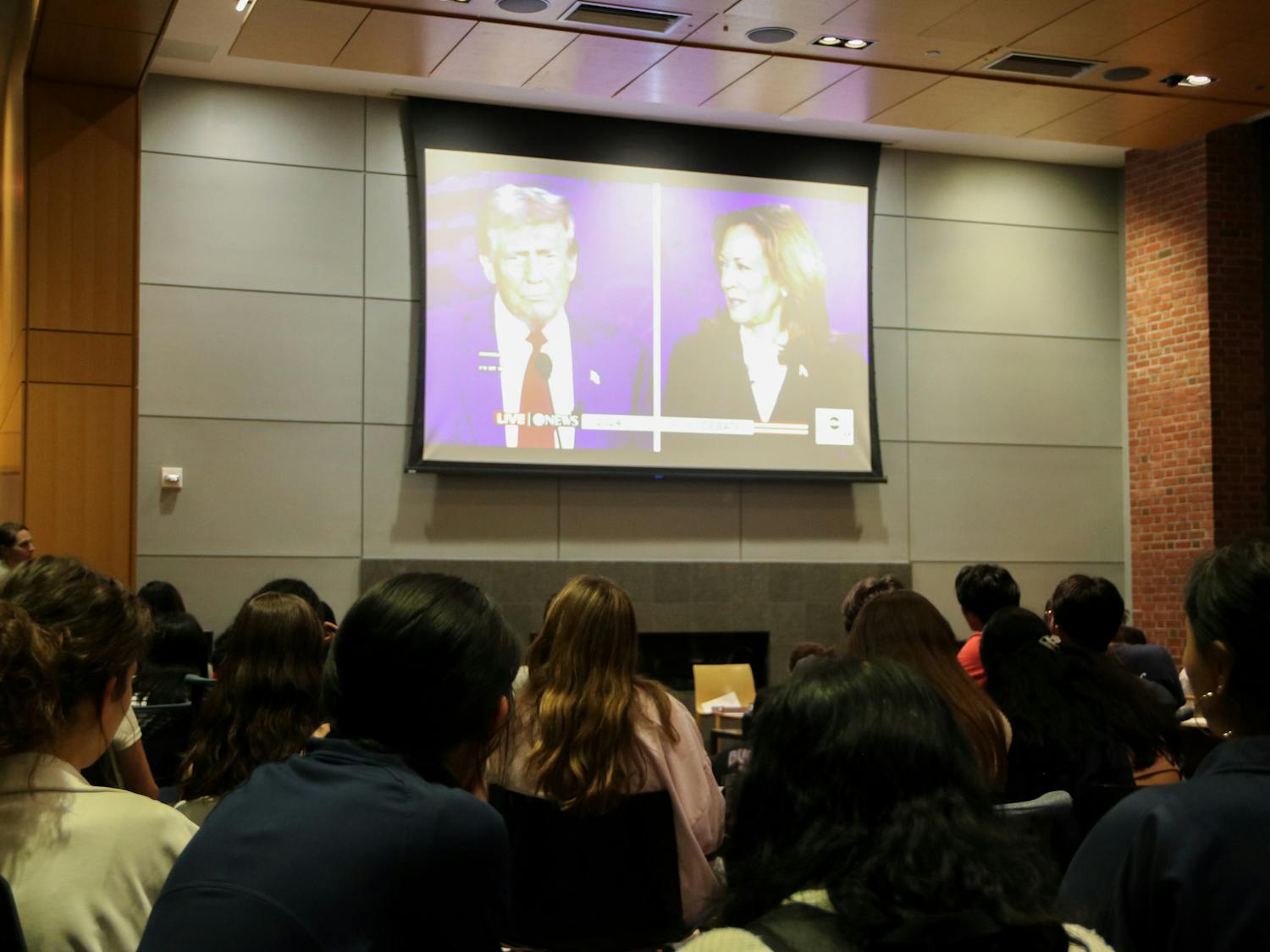P rior to the shooting, Michael Brown was an 18-year-old incoming college freshman. At his funeral, his stepmother Cal Brown spoke about how excited he was to be a freshman at Vatterott College, a for-profit career training institute. Brown would have started classes two days after his death. Brown’s college plans were no small feat. According to the Schott Foundation, in 2009-10 the national graduation rate for black males was 52 percent, as compared to 78 percent for white, non-Latino males . 2010-11 was the first school year that more than half of the nation’s black males graduated with regular diplomas four years later. Brown’s mother, Lesley McSpadden, lamented the pain she felt over not getting to see her firstborn child start college after fighting so hard to make it through high school.
Over the past few months, the conversation surrounding Brown and Ferguson has shifted from immediate reactions to the shooting itself, to highlighting the underlying social dynamics that exist in low-income black majority communities. Take, for example, the fact that the demographics of the Ferguson police do not represent the community. In 2010, blacks made up 67 percent of the town’s residents — however, only three of the 53-officer department were black. Although the majority of Ferguson’s residents are black, Ferguson’s police chief and mayor are white. Of the six City Council members, only one is black.
Penn Education Society would like to highlight the underlying social dynamic of education in Ferguson. The local school district board has six white members and one Latino. 79.9 percent of the students in the Ferguson-Florissant School District are black. 75.1 percent of the students are eligible for free or reduced-price lunch. This school district, serving a minority and low-income student population, is continually facing large budget cuts. According to a local St. Louis news station, the district has “already cut $5 million from the upcoming budget, but the Ferguson-Florissant School Board says the district is still facing a $7 million deficit.” The school district’s president, Rob Chabot , stated, “We’ve eliminated textbook purchases, pre-school transportation, staff through attrition, we reduced the summer school programs, teacher tuition reimbursement, after-school activities, athletics, fine-arts programs.” This brings about the following question: How much do we have to take away from our children until they receive the message that their lives don’t matter? The quality of K-12 students’ education often depends on their ZIP code. Money matters in education. Children attending well-resourced schools perform better.
Similar to Ferguson, The School District of Philadelphia’s deficit for 2015-16 is projected at $71 million , even after the passage of the cigarette tax and forcing concessions from the teacher’s union. Philadelphia’s dire circumstances are due in part to Pennsylvania’s lack of a “Fair Funding Formula,” a mechanism for distributing state funding to school districts based on demonstrated need. This technique for distributing money is well-reasoned, but Pennsylvania is one of only three states nationwide that has failed to adopt any kind of FFF. An FFF previously existed in Pennsylvania, but it lapsed during Governor Corbett’s reign of anti-education spending policies. State money is vital to well-funded schools, as it is one of only three sources of funding. In Philadelphia, local property taxes account for almost half of the district’s budget, a little over a third is generated by the state and the remainder comes from the federal government. Without using a statewide education funding formula, high-poverty public schools in Pennsylvania spend an annual average of $3,000 less per student compared to wealthy schools, adding up to a funding gap of $75,000 in a classroom of 25 students.
According to Pennsylvania’s Education Law Center, every $1 invested in early childhood education returns $7 to the local economy. Let’s think critically about whether or not all children are getting a fighting chance at giving back to society and ask ourselves, again, do black lives matter? The lack of a Fair Funding Formula in Pennsylvania sends the message that they don’t.
Keep an eye out for the Penn Education Society demonstration on Locust Walk this Friday. Stop by, ask a question or even write a letter to our local representatives. Learn more at www.penneducationsociety.com.
MELANIE YOUNG is a College senior studying Africana Studies and Urban Studies. Her email address is melaniey@sas.upenn.edu








